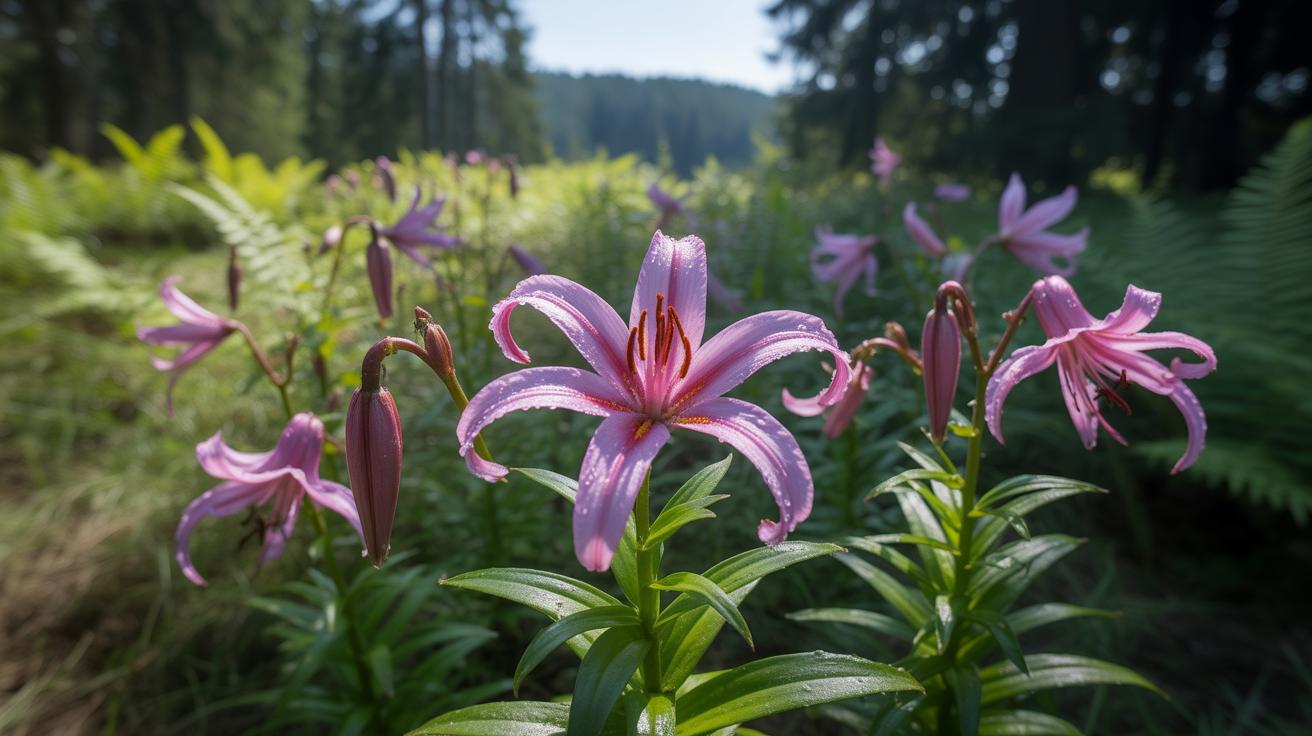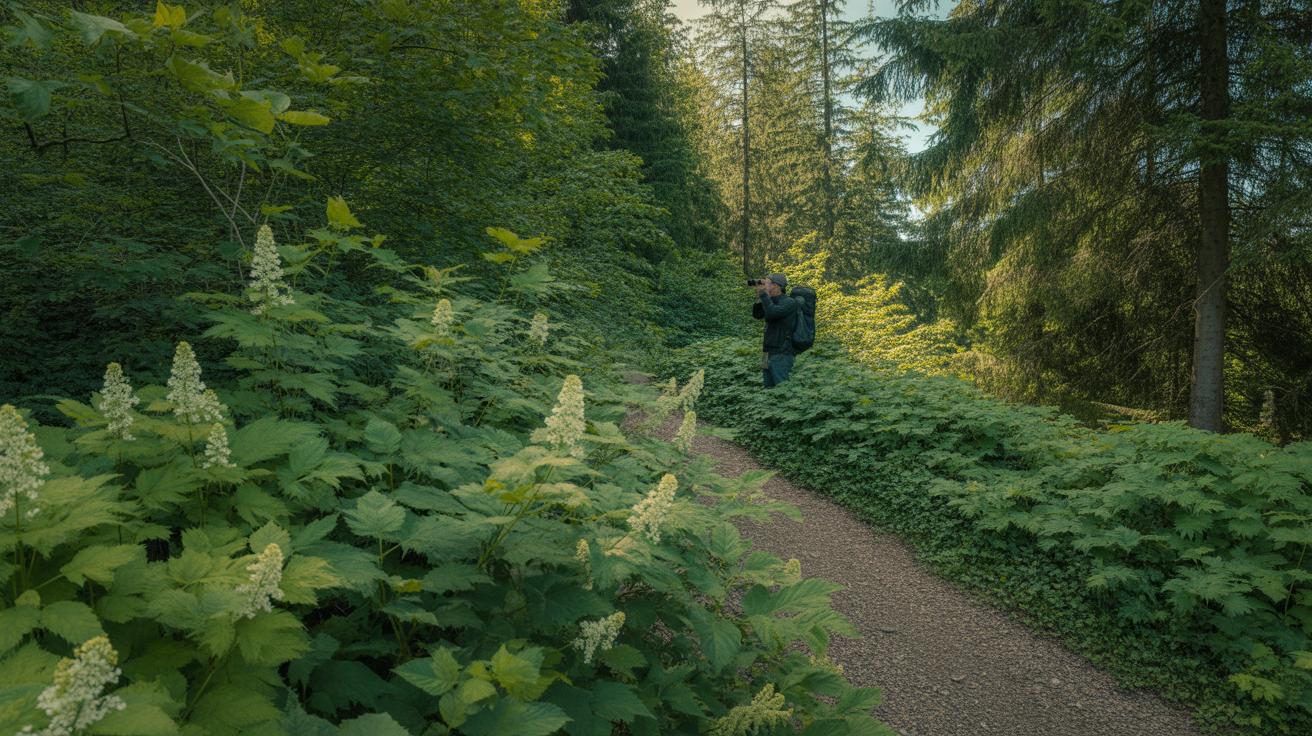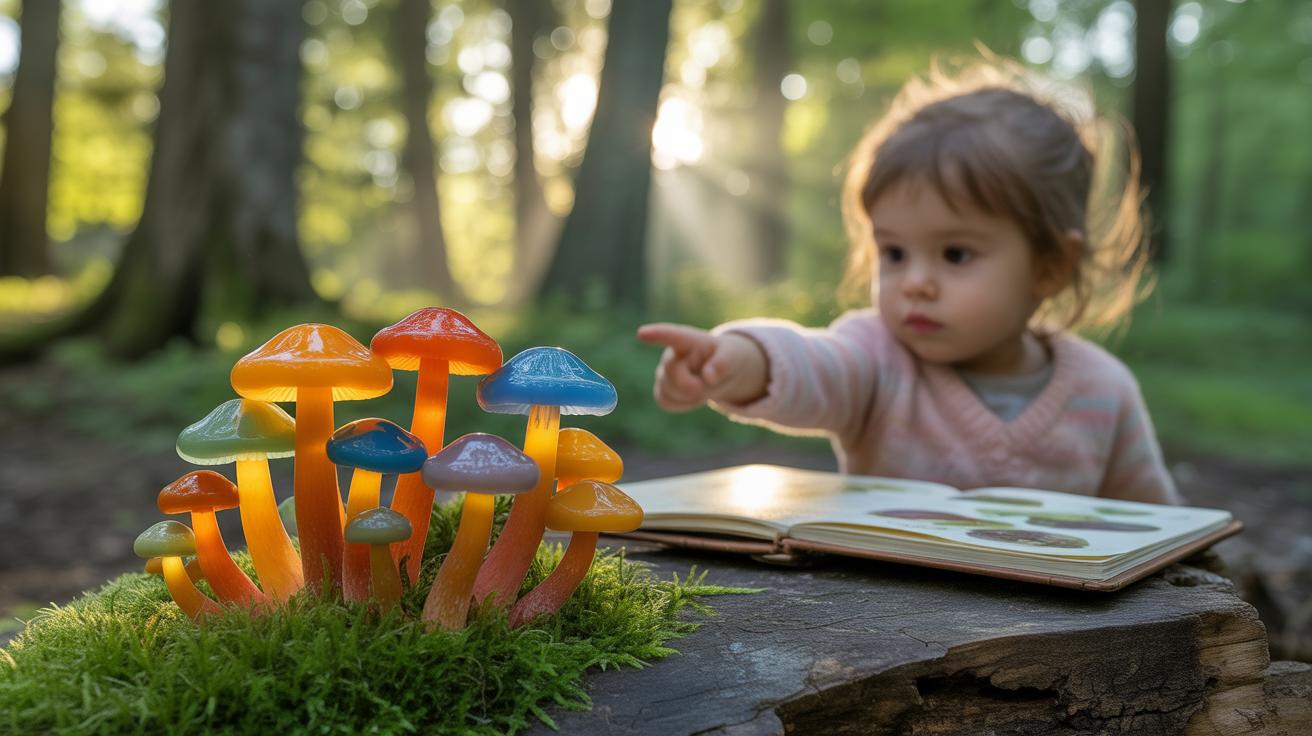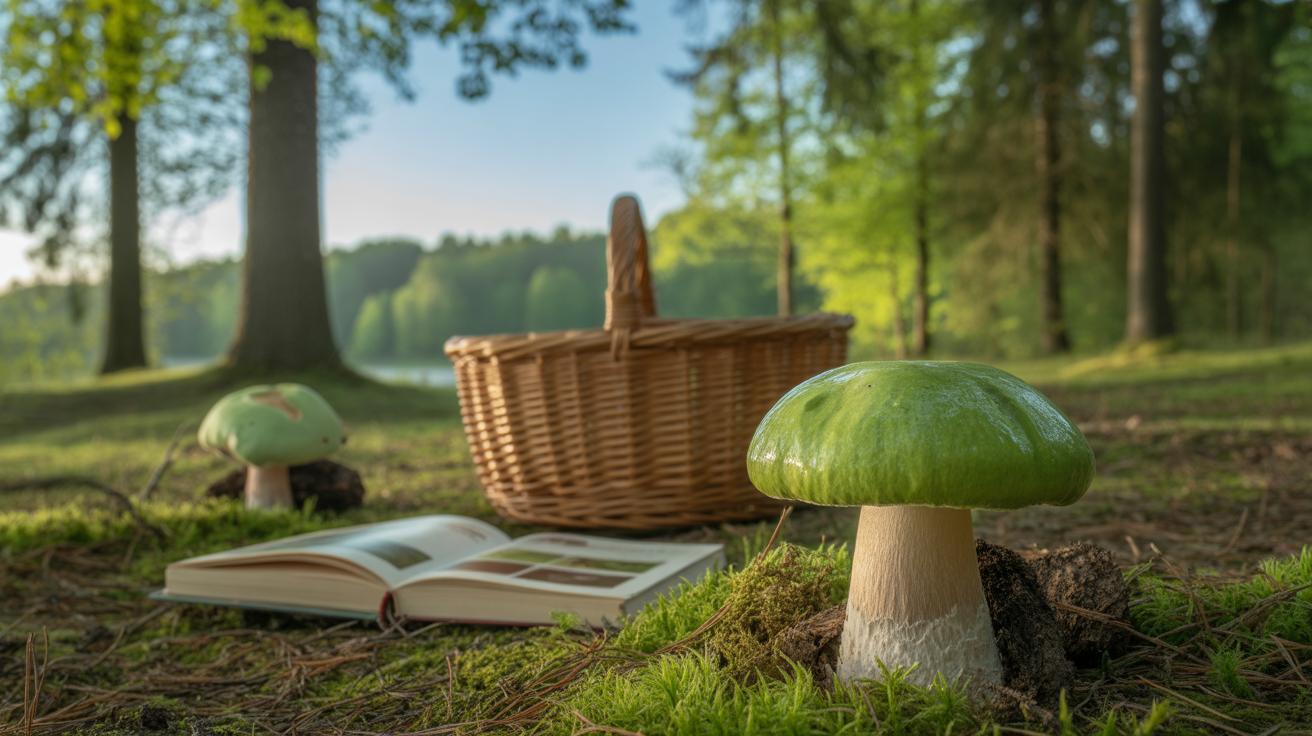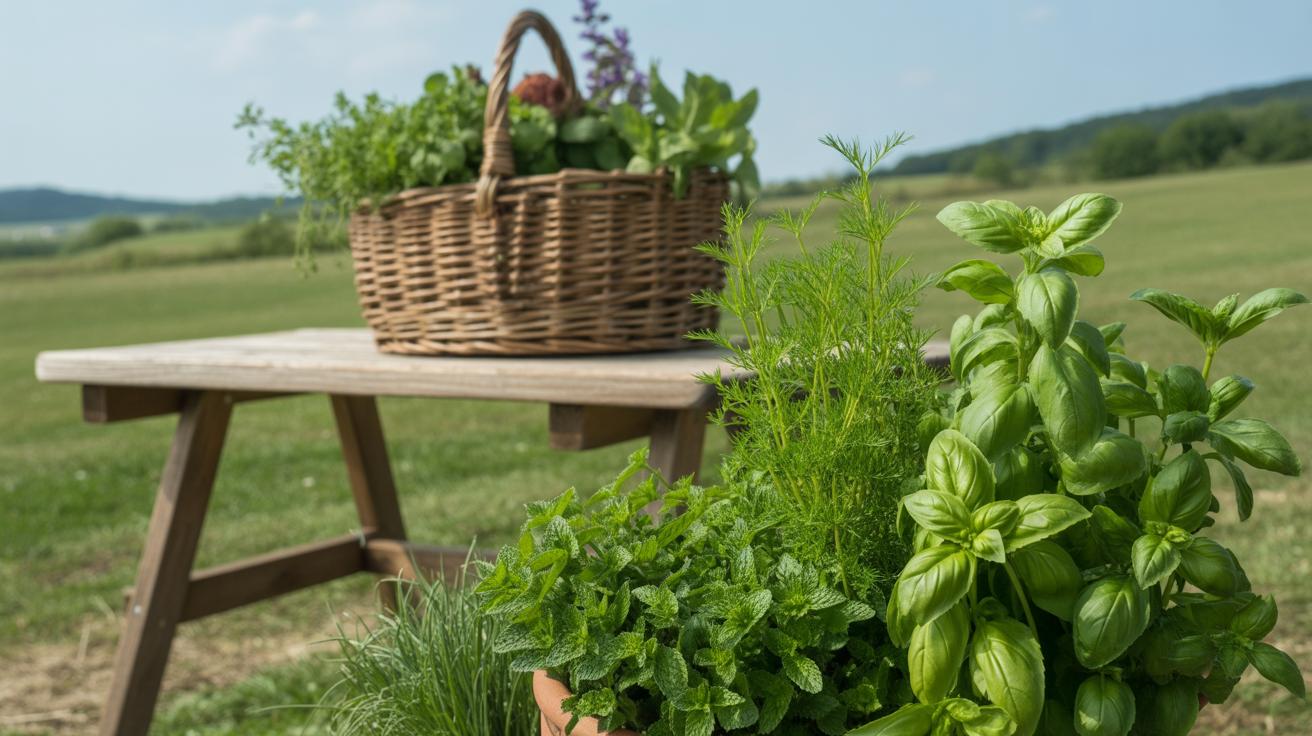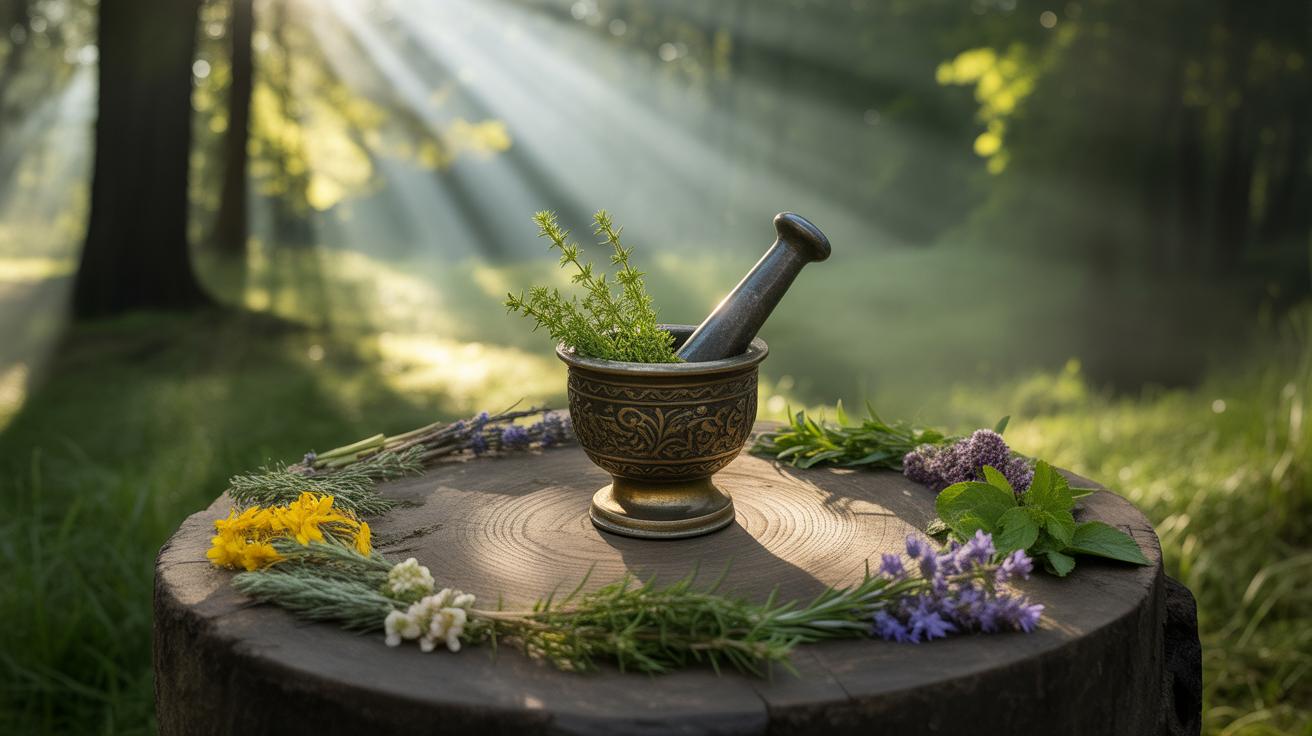Introduction
Learning to identify poisonous flowers is important for anyone who loves spending time outdoors. Many wild plants can look beautiful but may cause harm if touched or ingested. This guide will help you recognize which flowers to avoid and why they can be dangerous.
You will explore different types of poisonous flowers, their appearance, and the risks they carry. The guide also shares practical safety tips to keep you safe while enjoying nature.
Why You Need To Identify Poisonous Flowers
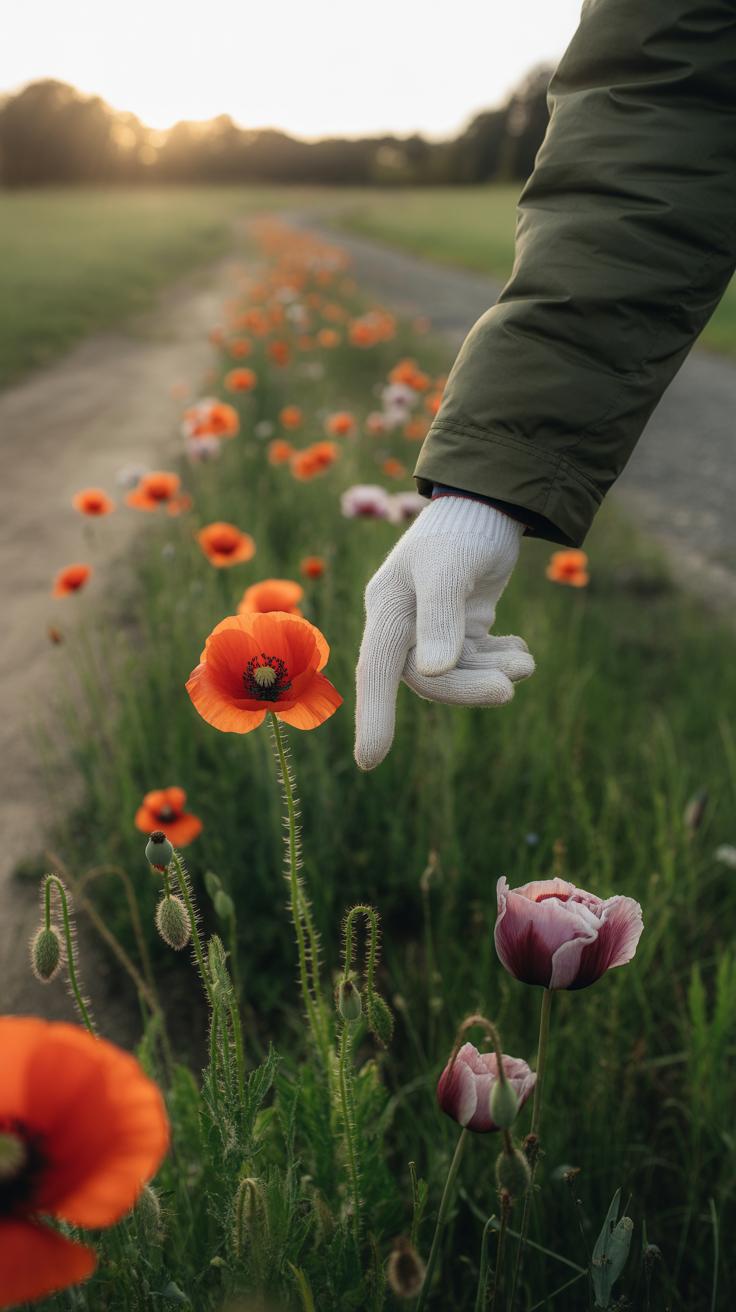
You might wonder why it’s even necessary to know which flowers are poisonous. But the truth is, some wildflowers can cause real trouble for both people and animals. Touching or accidentally eating these plants can lead to pain, sickness, or worse. Sometimes pets sniff or chew a flower without us realizing, and that can quickly turn into an emergency.
Think about kids playing outside or hikers picking bouquets—they often don’t know which flowers are safe. Even experienced outdoor lovers can be caught off guard, because poisonous flowers sometimes look harmless, or even pretty. So, knowing what to avoid isn’t just about plants; it’s about protecting health and avoiding unexpected danger.
Don’t forget pets. Dogs or cats might explore with their noses and mouths, and some flowers cause serious harm or make them very sick. It’s better to be cautious than sorry.
How Poisonous Flowers Affect You
Poisonous flowers can affect your body in different ways. Sometimes, just touching a plant causes skin irritation—redness, itching, or blistering. Other times, eating parts of the flower may cause nausea, vomiting, or stomach pain.
In some cases, symptoms build slowly. You might feel dizzy or weak hours later, or notice breathing problems. Dogs and cats might show drooling, confusion, or lethargy. For example, lilies are notorious for hurting cats, while oleanders can upset both humans and animals severely.
I remember hearing about a hiker who picked wildflowers for a photo and ended up with swollen hands from poison ivy-like contact. Such surprises show how careful you really need to be.
Common Places Poisonous Flowers Grow
Where do you find these dangerous flowers? Actually, they pop up in lots of places outdoors. Forest edges, meadows, fields, and even near streams sometimes host plants you need to watch out for.
Some flowers like wet soil or shaded spots, while others thrive along hiking trails or in open grasslands. If you enjoy the outdoors, be extra mindful in these areas. Not all poisonous flowers grow deep in remote areas; some may appear near parks or campsites, where kids and pets play.
You might think knowing the scenery well is enough, but these flowers don’t stick to just one environment. That’s why paying attention to what’s around you can make a big difference.
Recognizing Poisonous Flowers By Their Appearance
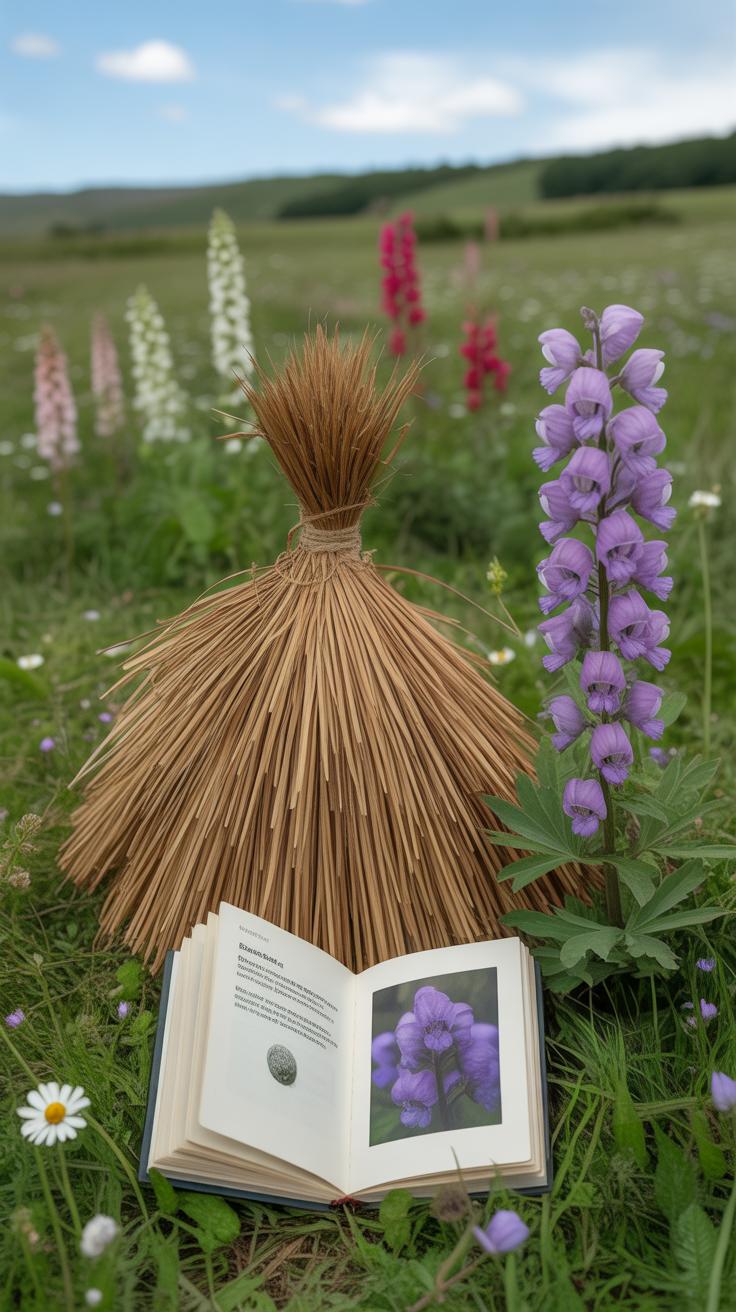
When you’re out in nature, it helps to have a few quick ways to spot potentially poisonous flowers. Color can often be a clue, though it’s not a strict rule. Bright reds, deep purples, and stark whites sometimes signal danger. Take the deadly nightshade’s shiny berries and purple flowers—which are unmistakably vibrant but toxic. Or look at white hellebore, with its pale blooms that can easily deceive you. On the other hand, subtle patterning, like spots or veins on petals, may also hint at a plant’s harmful nature.
Shapes and textures are another way to judge. Poisonous flowers sometimes have oddly shaped petals—like small bells or clusters that may seem unusual. Think of lily of the valley, with its tiny bell-shaped flowers hanging delicately. Leaves and stems might be glossy or hairy, sometimes feeling waxy or rough to the touch. Stems could have tiny thorns or a sticky coating, which might be a sign that the plant doesn’t want to be disturbed.
And then there’s scent. Some poisonous flowers emit a strangely sweet or sharp smell that you can’t quite place—sometimes a little overpowering, other times faint. It’s tricky, because not all scented flowers are safe, nor are all odorless ones harmful. But if a flower smells oddly chemical or just “off,” it’s worth avoiding.
Remember, none of these signs alone guarantee danger or safety—it’s a bit like piecing together a puzzle. When you see these features combined—warning colors, unusual shapes, and strange scents—it’s best to keep your distance. Have you ever noticed a flower so beautiful yet suspect you shouldn’t touch it? That’s your intuition spot on.
Famous Poisonous Flowers And Their Risks
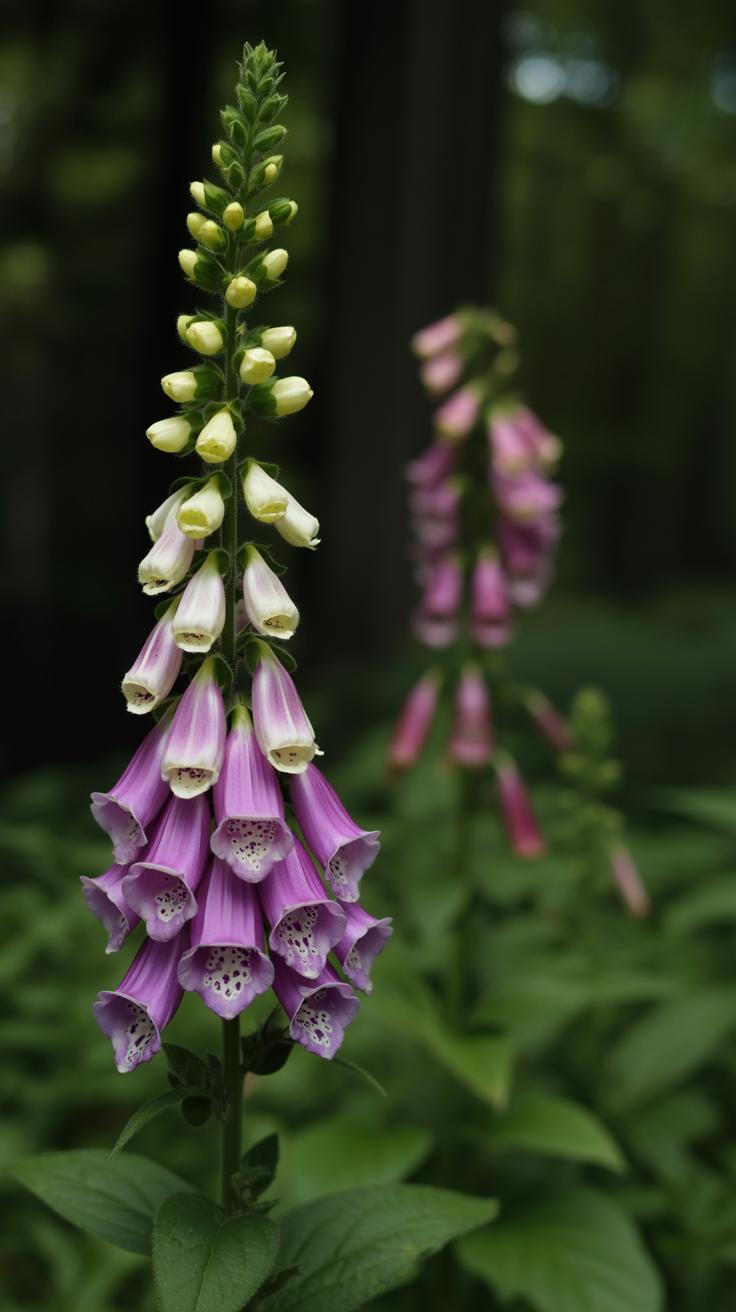
Deadly Nightshade And Its Features
Deadly nightshade, or Atropa belladonna, is a plant that catches your eye with its shiny, dark berries and bell-shaped, purple flowers. The flowers themselves are somewhat dull in color compared to other wild blooms, often a greenish-purple, but their appearance can be deceiving. Those berries, glossy and tempting, are where much of the danger hides.
This flower contains atropine and scopolamine, toxins that disrupt the nervous system. Even small amounts can cause blurred vision, rapid heartbeat, hallucinations, or worse. People sometimes mistake the berries for edible fruit, which is a risky error. You’ll usually find deadly nightshade in shady, less-traveled areas like forest edges or old gardens.
Careful observation helps here: the plant has shiny, ovate leaves and a somewhat foul smell if you crush them. The mix of bell-shaped flowers hanging loosely and those dark berries should raise flags. Encountering this plant means keeping your distance; handling it without knowledge is not worth the risk.
Foxglove And Heart Problems
Foxglove (Digitalis purpurea) is hard to miss with its tall, spiked stalks and tubular flowers, mostly in shades of pink, purple, and white. They look almost enchanting, which might make you underestimate their danger. Yet, foxglove contains cardiac glycosides, compounds that directly influence your heart’s rhythm—sometimes fatally.
If you touch the plant and then touch your mouth or eyes, or if you accidentally eat parts of it, these glycosides can cause nausea, dizziness, and irregular heartbeats. These effects come because foxglove alters the electrical impulses in the heart muscle.
Look for foxglove’s distinctive spotted flowers and large, lance-like leaves. Though beautiful, the plant is best appreciated from afar. What surprises many is that foxglove is actually used in medicine for heart conditions—in controlled doses only. This dual nature can be confusing, but it also makes you think: how closely beauty and danger can coexist in nature.
Less Known But Toxic Flowers
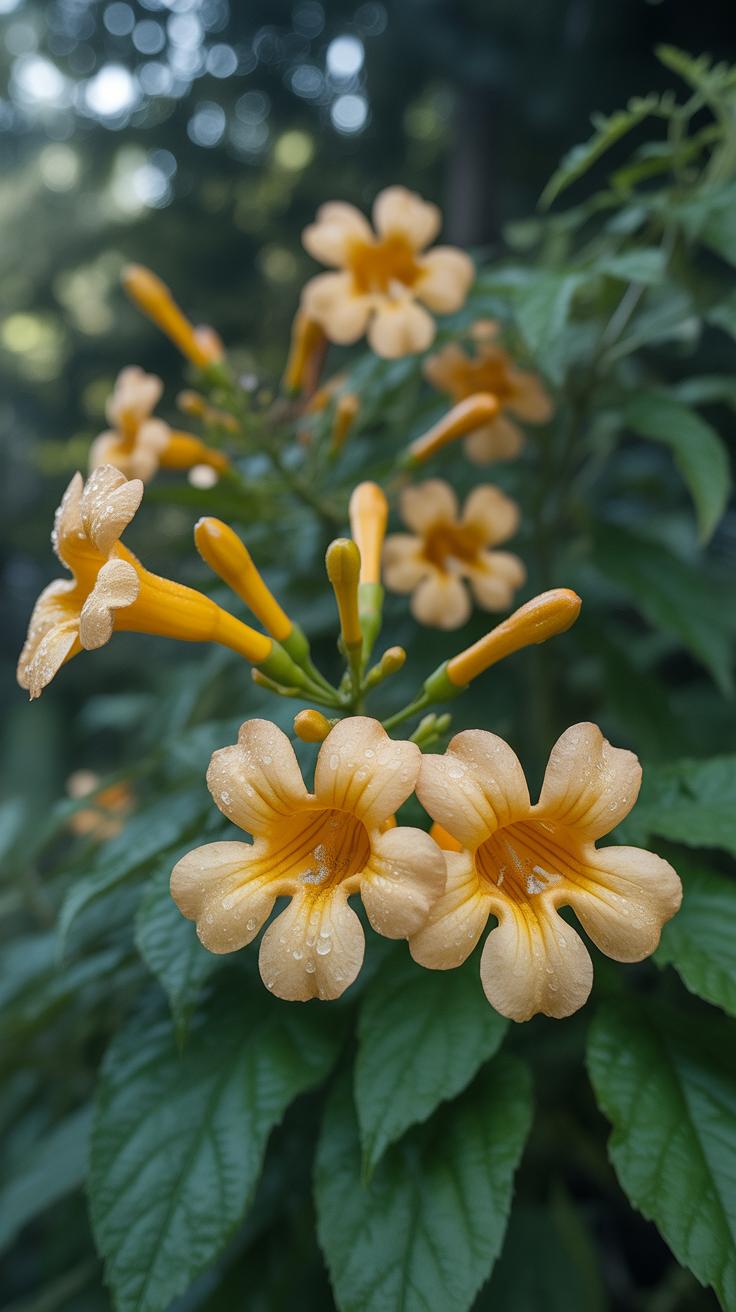
Some poisonous flowers fly under the radar because they aren’t as common or glamorous as the usual suspects. Yet, their dangers are real and should not be ignored, especially if you’re wandering in less familiar wild spaces.
Take lily of the valley for instance. Small and delicate, it’s easy to walk past without a second thought. But don’t let its innocent appearance fool you. Every part of this plant contains cardiac glycosides—compounds that can affect your heart rhythm. People often mistake it for harmless spring flowers or even edible herbs. I remember once seeing it in someone’s garden, just growing quietly. The risk comes when you think it’s safe enough to touch or sniff—it might not seem like much, but even a tiny amount ingested can cause nausea, dizziness, or worse.
Oleander is another one that deserves more attention. Its pretty pink or white flowers contrast sharply with the dangers hiding in its sap. Touching oleander can irritate skin, but eating any part of it—flowers, leaves, stems—can lead to severe poisoning. It’s easy to see why some people don’t realize it’s toxic; oleander is actually popular as an ornamental bush. Yet, the chemical compounds in its sap disrupt your heart and nervous system.
Not that everyone reacts the same way—there’s some unpredictability here. But even if you just brush past oleander or accidentally get some sap on your hands, it’s better to wash up quickly. Incidentally, oleander poisoning is more common than you might expect in areas where it’s planted extensively.
- Lily of the Valley: cardiac glycosides can cause heart issues even after small exposure
- Oleander: toxic sap irritates skin, ingestion risks serious systemic effects
- Both plants are easily mistaken for harmless flora due to appearance or common usage
- Handling with care and awareness mitigates most risks
It makes you wonder—how many other plants out there look safe but pack a hidden punch? Paying attention to these less obvious dangers could save you from some unwanted surprises on your next outdoor walk.
How To Protect Yourself When Around Poisonous Flowers
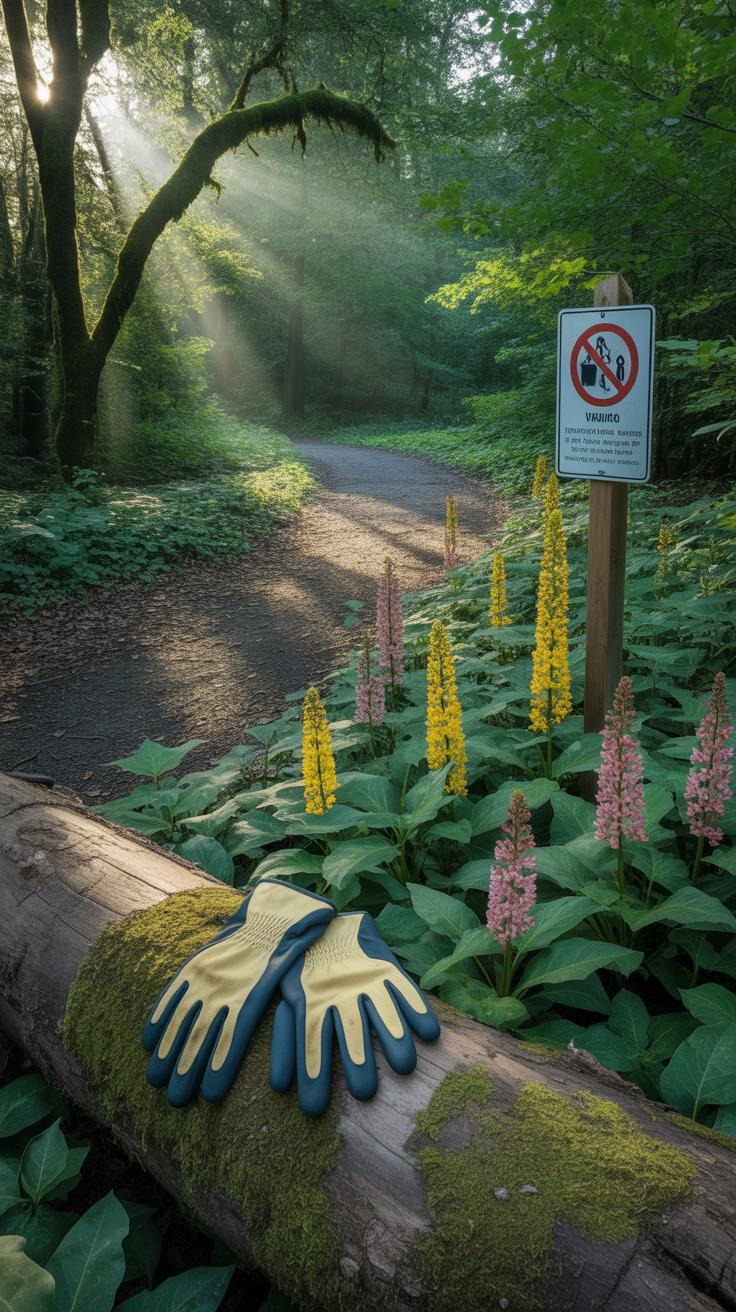
Clothing And Gear To Keep You Safe
If you’re planning to hike or garden near wild plants, wearing the right clothing can save you from uncomfortable or even dangerous exposure. Long sleeves and pants are a must. Not just for sun protection but to create a barrier between your skin and any toxic sap or pollen. Think about sturdy gloves too—thin gloves might not be enough around thorny or sticky plants, so thicker, durable ones help when you’re handling unknown flowers.
Wear closed-toe shoes and tuck your pants into your socks if you’re in areas prone to dense vegetation. Sometimes, you can’t tell if a plant is poisonous just by glancing, so better safe than sorry. A hat can keep your hair from brushing against flowers you don’t want to touch, and sunglasses might stop pollen or plant debris from irritating your eyes.
What To Do If You Touch Or Eat A Poisonous Flower
If you touch a poisonous flower, try not to panic. Quickly and carefully wash the affected skin with soap and water. That removes any residue that might cause a reaction. Avoid scrubbing hard—that could irritate your skin more. If you notice redness, itching, or a rash afterward, applying a cool compress might calm things down a bit.
Swallowing part of a poisonous flower is more serious. Don’t wait or guess what to do next. Call poison control immediately, or head to the nearest emergency room. If you can, identify the plant—taking a photo or noting its features is helpful for medical professionals. Avoid trying to induce vomiting unless instructed by a healthcare provider. And don’t drink anything unless advised; sometimes liquids can worsen symptoms.
It’s a bit worrying how easily accidents happen—flowers can look inviting, after all. So if you ever feel unsure about a plant around you, just treat it like it could be toxic. Sometimes hesitation is the best form of protection here.
Teaching Kids To Recognize Poisonous Flowers
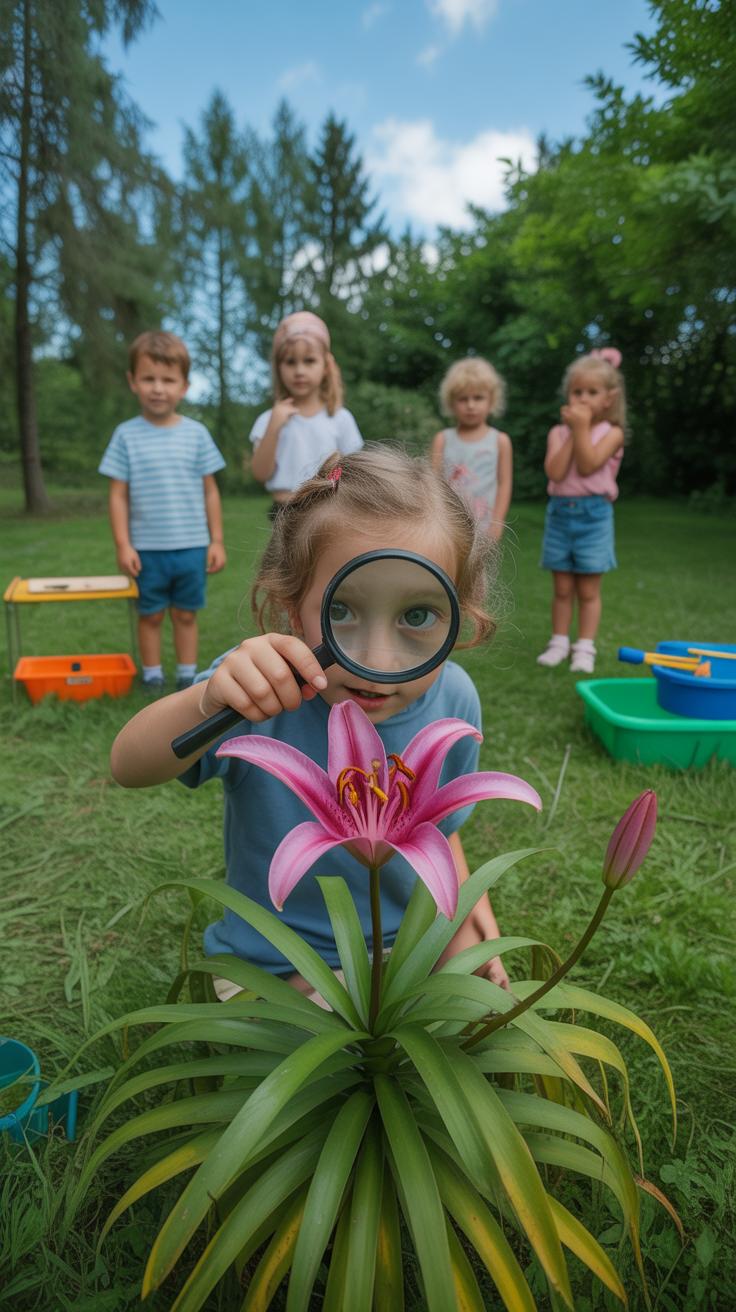
Helping children learn to spot poisonous flowers doesn’t need to be complicated. Keep things simple and clear. Start by showing them typical dangerous plants they might find nearby—like bright-colored berries or plants with shiny leaves. Tell them these plants can make us sick if touched or eaten. It’s okay if they don’t remember every name. Just recognizing “this one is not safe” is a good start.
Try turning learning into play. Have kids draw flowers they see outdoors, then compare their pictures to easy guides or photos. You might play a matching game, where they match pictures of safe plants versus poisonous ones. Ask questions, like “What would you do if you found this flower?” This not only makes it fun but helps reinforce caution.
Here are some simple safety tips children can follow:
- Never put flowers, leaves, or berries in their mouth.
- Ask an adult before touching plants they don’t know.
- If they do touch something through curiosity, wash hands immediately.
- Stay on paths to avoid unknown plants growing in wild areas.
Your kids don’t have to become experts overnight. Just planting the idea of respect and caution around wild plants can make a big difference. Sometimes they might forget, but that’s natural. Keep reminding and making the learning lighthearted to keep their interest alive.
Using Identification Apps And Guides In The Field
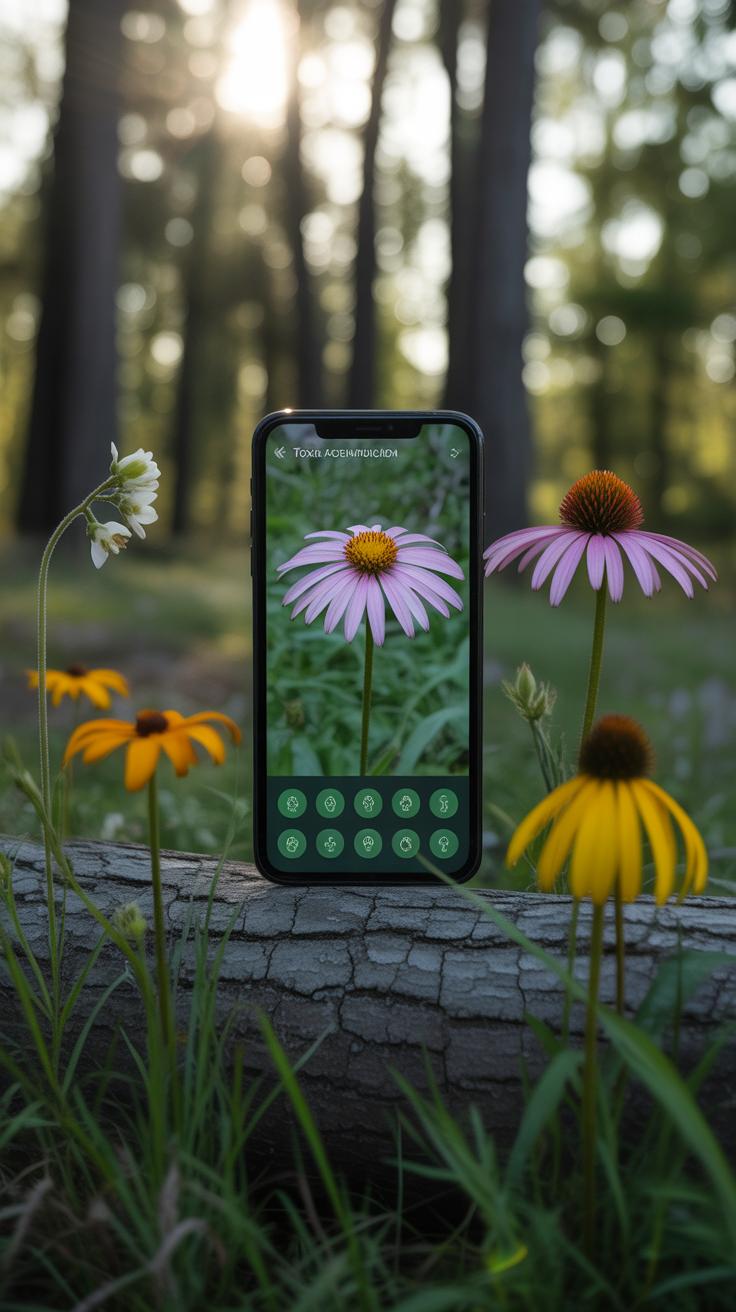
If you’re out in the wild trying to spot and avoid poisonous flowers, having some reliable tools at your fingertips can really help. Apps on your phone can quickly identify a plant just by a photo, but relying solely on them might not always be perfect. Sometimes, the app’s suggestions can be a bit off, especially in poor lighting or when the plant isn’t fully blooming. That’s where printed field guides come in—they often have detailed descriptions and illustrations that give context you won’t get from a quick scan.
Best Apps To Identify Plants On The Go
A few apps stand out for their ease of use and fairly accurate identification:
- PlantSnap: Great for beginners, it offers instant photo recognition and info about whether a plant can be harmful.
- iNaturalist: Lets you upload photos and get suggestions from a community of plant experts, which can be helpful if you want a second opinion.
- Seek by iNaturalist: This one is more kid-friendly and offers simple IDs with some cautions about toxicity.
When using these, take multiple pictures—close-ups of leaves, flowers, and stems. Sometimes, the app might ask for a clearer shot or more angles to refine its guess. Test them out before your trip so you’re not fumbling in the field.
How To Use Field Guides Effectively
Paper guides are a bit old-fashioned but still useful—especially when your phone runs out of battery. Try these tips:
- Focus on the section about poisonous plants first; many guides mark them clearly.
- Use the pictures as a rough match, but read the descriptions carefully, especially details about leaf shape, scent, or stem texture.
- Mark spots in the guide where the plant appears similar to non-poisonous ones to avoid confusion.
- Carry a small notebook to jot quick notes and observations for reference later.
Sometimes, flipping between different parts of the guide can help narrow down what you’re looking at. It’s a little slower than an app but can be more precise. If you’ve spent time with a guide at home, you’ll find it easier to use it confidently outdoors—you’ll know where to jump right in without wasting time.
Caring For Pets And Livestock Around Poisonous Plants
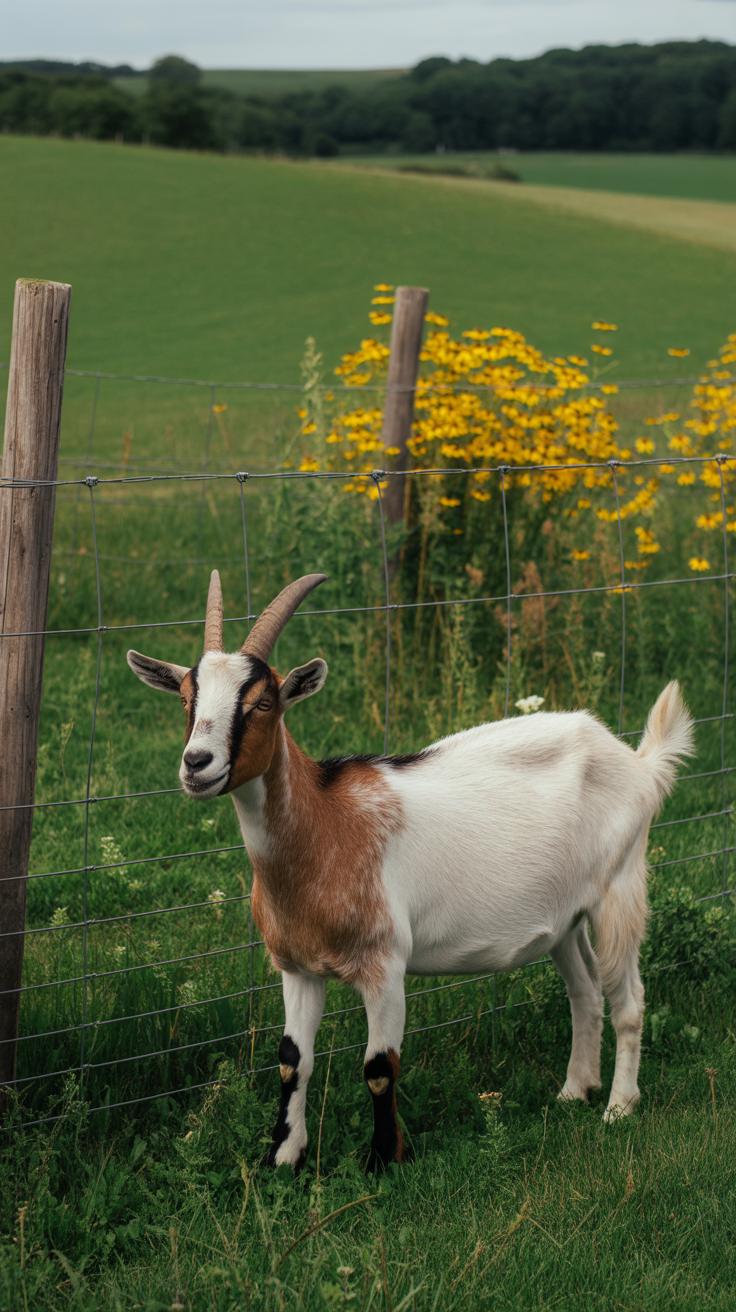
If you have pets or livestock, keeping them safe from poisonous plants can feel like a constant challenge. Animals don’t always know what’s safe to nibble on and what’s not, and sometimes they get curious or hungry enough to try dangerous flowers or plants. Knowing the signs of poisoning can really make a difference—look for symptoms like drooling, vomiting, diarrhea, weakness, or unusual behavior, such as staggering or sudden lethargy. If you spot these, don’t wait around, even if the signs seem mild at first.
Common poisonous plants that often cause trouble for pets include lilies, oleander, foxglove, and azaleas. For example, many cats get seriously sick from lily exposure, which might surprise you since they’re indoor pets mostly. To keep pets safe, remove toxic plants from your home or yard or block access when complete removal isn’t possible. Sometimes the best approach is simply supervising outdoor time, especially for curious dogs or outdoor cats.
For livestock, grazing can make prevention trickier. Fencing off areas where poisonous plants grow is a good start but not always practical. Hay and feed should be checked carefully to avoid mixing in toxic weeds. Training livestock to avoid bitter or unfamiliar plants can sometimes help, but it’s not foolproof—animals may still graze out of desperation. Watch animals closely during grazing seasons; subtle signs like loss of appetite or strange posture might be early clues that they’ve ingested something harmful.
Ultimately, protecting your animals involves a blend of observation, prevention, and quick action. You might think you spot all the risky plants around your property, but nature has a way of surprising us. So, keeping an eye on your furry or hooved friends can save a lot of trouble down the line.
When To Seek Medical Help After Exposure
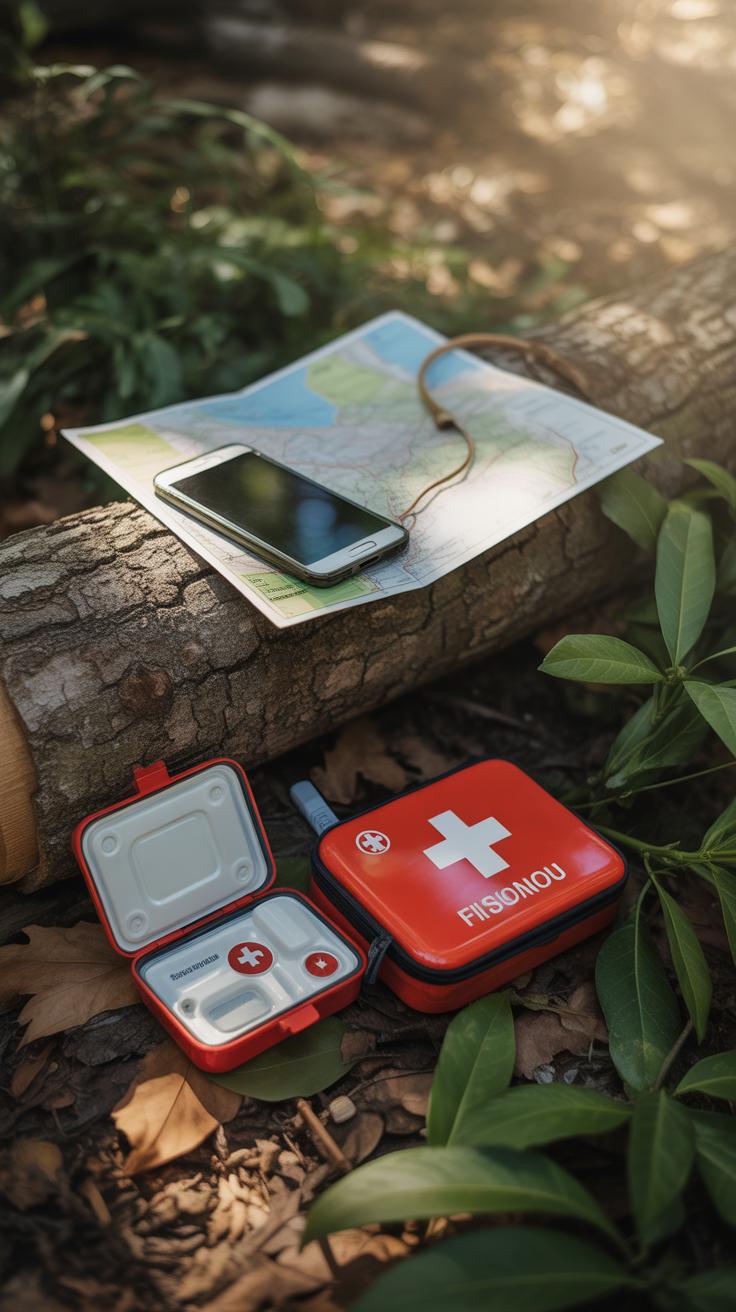
Recognizing when to seek medical help after coming into contact with poisonous flowers isn’t always straightforward. Sometimes, early symptoms seem minor and may be shrugged off—but they can worsen quickly. It’s usually best to err on the side of caution, especially if you notice symptoms that persist or intensify within hours of exposure.
Look out for these warning signs:
- Skin reactions like widespread redness, blistering, or swelling that spreads beyond the initial contact area.
- Sharp or unusual pain in your mouth, throat, stomach, or other areas after touching or ingesting parts of a flower.
- Nausea, vomiting, or diarrhea that doesn’t subside or worsens over time.
- Dizziness, headache, or confusion—even if mild.
- Any difficulty breathing or tightness in the chest.
- Swelling of the face, lips, or tongue.
If you notice these signs, visiting a doctor or calling your local poison control center is advisable rather than waiting for symptoms to get worse. It may feel like an overreaction sometimes, but with poisons, timely care matters.
Symptoms That Require Emergency Care
Some symptoms require immediate attention, not just a call but an urgent visit to an emergency room. Trouble breathing, for example, is a major red flag that should never be ignored. If your airway feels closed or strained, or if you find it hard to speak or swallow, act fast.
Severe, uncontrollable pain after exposure—such as intense stomach cramps or chest pain—should also prompt a quick response. Other serious signs include:
- Rapid or irregular heartbeat
- Loss of consciousness or seizures
- Extreme weakness or collapse
- Sudden swelling that compromises breathing or vision
These symptoms can escalate quickly. It’s better to get checked even if you’re unsure how seriously the flower exposure has affected you.
How To Communicate The Incident To Medical Staff
When you reach medical professionals, clear communication about the exposure is crucial. They’ll want to know as much detail as you can recall about the plant—its name if you know it, the part of the flower you touched or swallowed, and the timing of symptoms.
If you have any photos of the plant or the area you encountered it, bring them along or be ready to send them. Mention what first aid or treatments (if any) you applied before seeking help.
Also, share your medical history, especially allergies or previous reactions to plants. Don’t overlook whether pets or others nearby were exposed. This information can help doctors decide the best treatment faster.
Sometimes, all this feels stressful—especially if you’re alone and worried. Just try to stay as calm and precise as possible. Your details can make a real difference in how quickly and effectively you get care.
Conclusions
Recognizing poisonous flowers helps protect you and those around you. Knowing their look and where they grow allows you to avoid accidental contact. This guide has provided key information to help you spot these plants with confidence.
Being aware and cautious ensures that your outdoor adventures stay safe. Use what you have learned to respect the beauty of wild plants and steer clear of those that could harm you.


